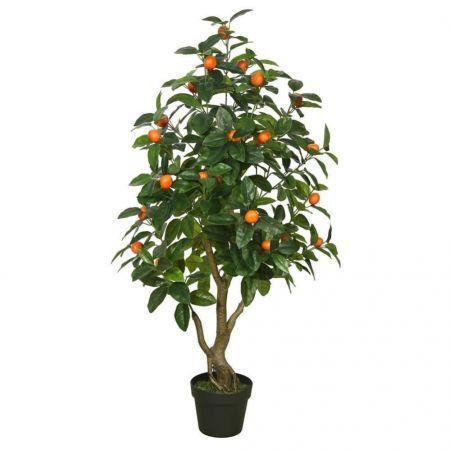Mala Nellikai (Amla Tree) Plant with nursery cover
Amla contains a range of essential minerals such as calcium, iron, phosphorus, and magnesium, which support bone health, blood health, and overall bodily functions.
₹ 249.00
₹349
(Inclusive of all taxes)
-

No Warranty
-

COD Not Avilable
-

Non Returnable
-

cancelable
About this item
Made In: India
Botanical Characteristics:
- Scientific Name: Phyllanthus emblica
- Common Names: Amla, Indian Gooseberry, Periyanellikai (in Tamil), Nellikai (in other parts of India)
- Family: Phyllanthaceae
The Amla plant is a small deciduous tree or shrub that grows up to 8-18 feet (2.5-5.5 meters) tall. It is found throughout the tropical and subtropical regions of India, and it is also cultivated in other parts of Southeast Asia, the Middle East, and parts of Africa.
2. Tree Characteristics:
- Leaves: Amla trees have bright green, narrow leaves that grow in dense clusters. The leaves are alternately arranged along the branches, giving the tree a lush appearance.
- Flowers: The flowers are small, yellow-green, and grow in clusters. They are not very showy, but they help attract pollinators like bees.
- Fruit: The fruit is round, green to yellowish-green, and approximately 1 to 2 inches in diameter. It is known for its bitter, sour, and astringent taste, which becomes milder when processed. The fruit is typically harvested when it is still green, but it may ripen to a yellowish-brown color in some varieties.
0 Review Of Product Mala Nellikai (Amla Tree) Plant with nursery cover

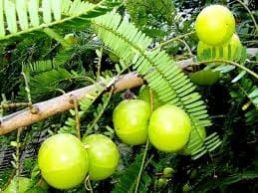
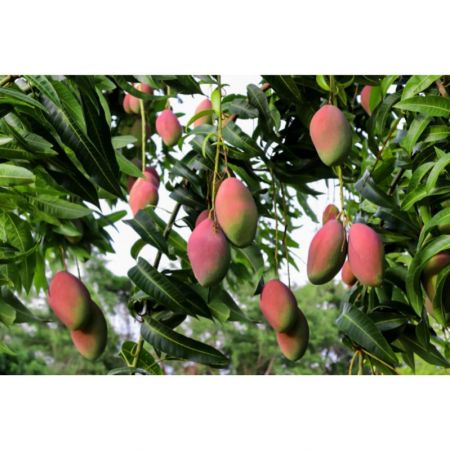
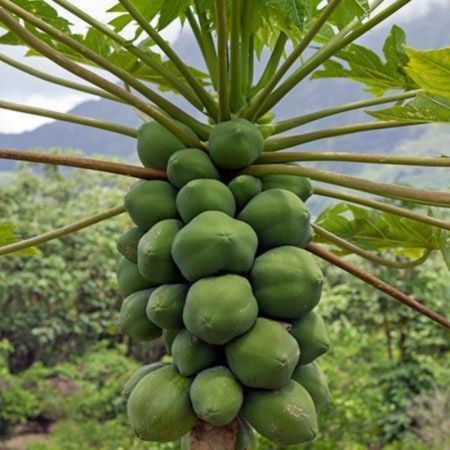
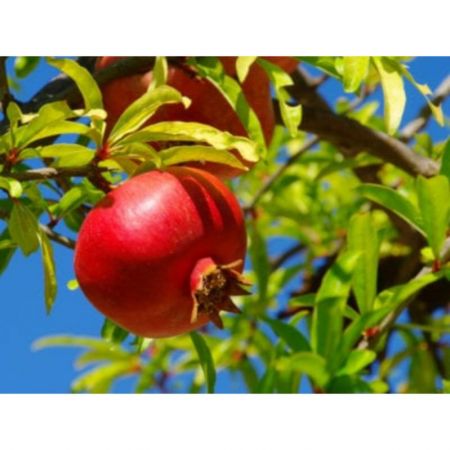
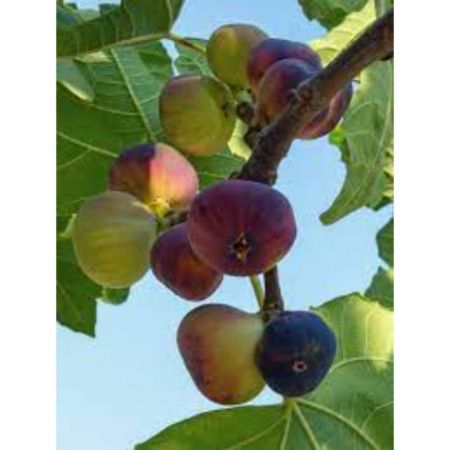

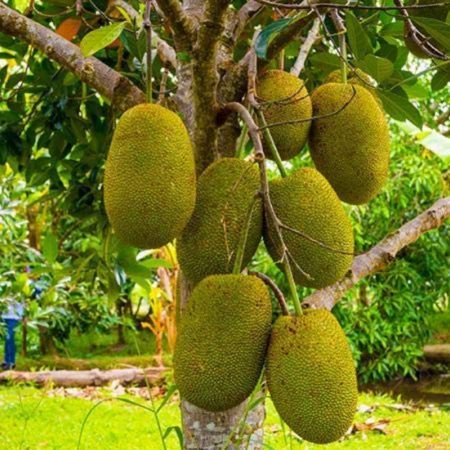
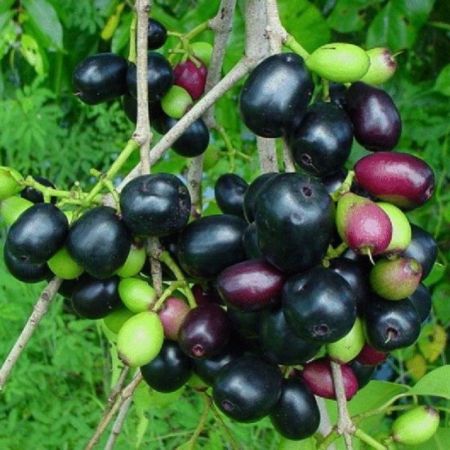

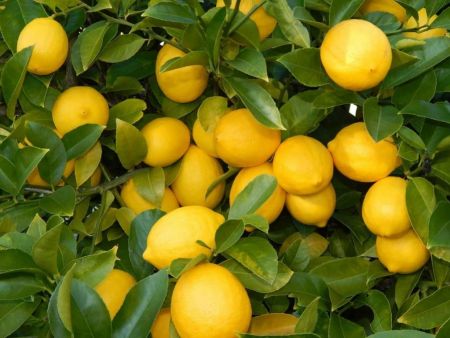
.png)
